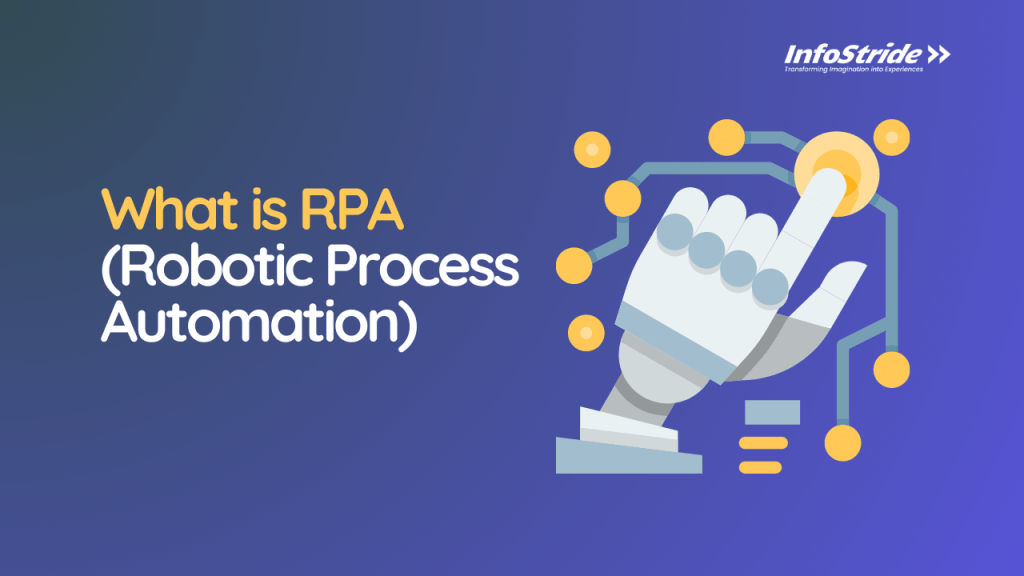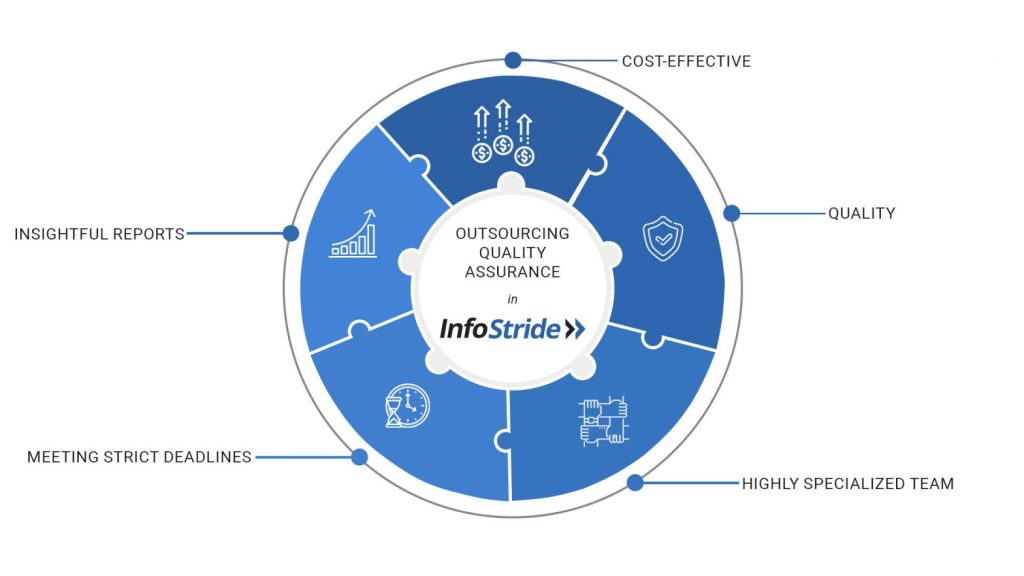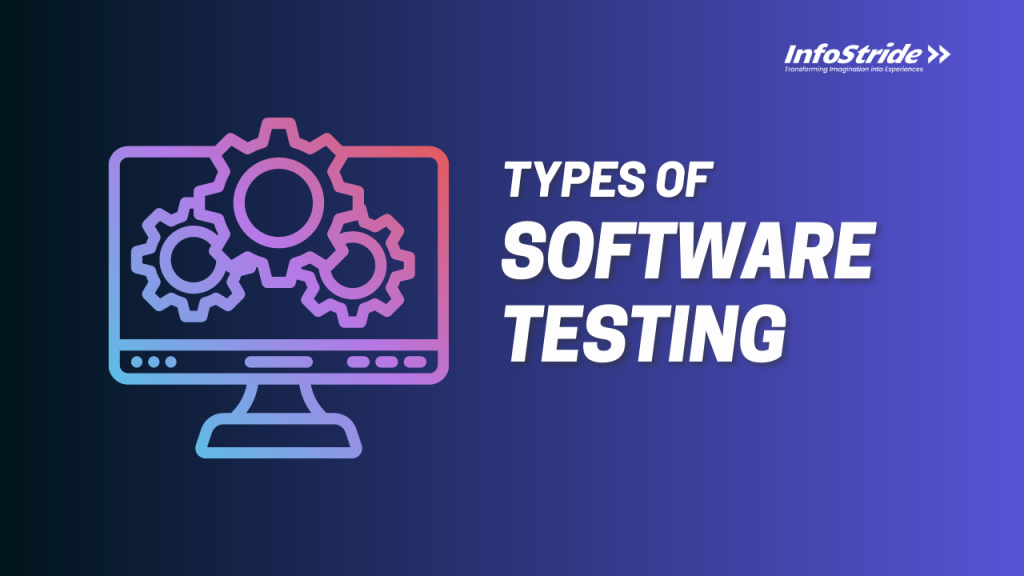API or Application Programming Interface Software is a system that allows different apps to establish and maintain communication with each other. With the help of these instructions, a particular app or software would be able to employ services or features from other devices or platforms, to offer better services.
A classic example of this is when you hit the ‘Connect Facebook” button on one of your games, like Ludo or Candy Crush. Your data will be accessed through Facebook without actually entering your account details. That is what an API does. It is essentially the baseline for all apps that deal with or enable data sharing between various apps and platforms.
Not only does it offer an enhanced user-experience without having to involve developers, but the need for having to build a platform or program from scratch is also erased with the help of APIs. This is why it is such a growing technology, and several business leaders and app developers are actively involved in developing widely usable API systems.
Did you know that till a few years ago, almost 91% of the API’s had a security incident?
What is interesting about APIs is that 69% of businesses make use of external APIs and about 20% of the APIs are either private or internal. Despite this, only a few people are aware of how truly useful APIs can be for businesses.

Let us understand this better through an example:
When you make payment to a booking site when purchasing online tickets for movies, all you do is select your preferred movie and location and input your card details to make the payment. The ticket, however, may be processed in some time. The process includes APIs that link the bank with the website for a collaborative action to happen. These actions and collaborations are happening in the background to ensure that the functions in the front are not disturbed.
What makes APIs critical to businesses?
One of main reasons for APIs being of crucial importance is that without them the development time would rise by a lot and the app functionality would be reduced by a lot. It is because those features that are not set modules of any preset programming languages would have to be created individually.
On the other hand, if one knew how to create an API, it could join two applications that aren’t related to each other to create an enhanced user experience.
In the case of a hotel booking, external APIs help catalog room images. This allows users to have a look at the rooms they are potentially going to stay in. On the flipside of this, the photo service can also use APIs to allow an option to the users to research and reserve the hotel rooms of their choice, thereby enhancing the usage of travel apps.
Read more: 5 Best Cross-Platform App Development Frameworks in 2023
What are the different types of APIs?
Based on their release policies, APIs can be categorized into 3 segments:
- Public APIs
- Private APIs
- Partner APIs
Public APIs
Also known as developer-facing or external APIs, these are the ones available to the third-party developers too. They help in increasing brand awareness and can be a good source of extra income, provided it is executed well. Public APIs also have two internal categories namely open and commercial.
In the case of the open API, all its features are public and there are no restrictive terms and conditions surrounding the same. The documentation and related documentation are also required. This is also freely available to help create and test apps.
Private APIs
In the case of private APIs, the interface allows solutions and services of the application within the premise of the organization. These APIs can be utilized to build new systems by in-house developers as well as contractors. Here the interface of the app is available only for the people working with the API publisher, despite the app being publicly available. Making use of a private strategy, the organization can take complete control of API usage.
Partner APIs
The third kind of APIs, these are used for the purpose of integration of two parties. These are shared and openly promoted with the business partners that have signed agreements with the publisher. It is interesting to note here that the company can create an extra stream of revenue for the business, while also rendering capability benefits and data access for the partners.
On the other hand, they will also be able to monitor the use of exposed digital assets. They also make sure that the 3rd party solutions using their APIs enable good user experience. They also determine if the corporate identity is maintained.
Also read: Top 5 Disruptive technology trends to look out for in 2023-2024
How does an API work?
The way APIs work is that there is an exchange, using a few rules that determine how the programs, computers and machines communicate with each other. Long and short of it, when two machines want to connect with each other for a certain task, the API is used as the middleman.
For instance, when you make a Google search on your phone you are giving permission for your account to go through the app. The mobile app will retrieve your Google account, and login using the API request. This data would later be returned by Google, once it is accessed using one of its servers. An example for a travel API is Skyscanner.
How to create an API?
Here are some simple steps to understand the process of creating an API:
Determine your target audience
This is the first step, as the name suggests. To determine business objectives and target audience is going to help in building a matching API.
API Architecture Development
After the requirement is made clear, the designing process commences. There is use of several tools and emerging technologies to create the API.
API construction
Using the most updated set of tools and tech stack, the API is created.
Examining the API
After the API has been created, the next important step is to test it for functionalities. This needs to be done before deploying the API to the intended app.
Follow up and support
When the API is up and functional, there is need for meticulous monitoring to ensure smooth functioning and regular updates as required.
Let’s have a look at some important terminologies for API development:
1. Endpoint: An endpoint is one end of a communication channel where an API from one system interacts with another system.
2. API Key: An API key is a code given to a requester that allows the API to identify and authenticate the request.
3. JSON (JavaScript Object Notation): JSON is a data format used by APIs to exchange data between different applications over the internet.
4. GET: The GET method is commonly used in APIs and web pages to retrieve data from a server at a specified location.
5. POST: This method is used to send data to the API server in order to update or create a resource.
6. OAuth: OAuth is an open standard authorization system that enables users to access resources without sharing their credentials directly.
7. REST: Representational State Transfer (REST) is a programming framework for APIs designed to enhance the efficiency of communication between devices or systems.
8. SOAP: Simple Object Access Protocol (SOAP) is a communications protocol used in computer networks for sharing structured information during the execution of web services.
9. Latency: Latency refers to the overall time it takes for an API to process a request and generate a response.
10. Rate-limiting: Rate-limiting is a strategy that determines how quickly end-users can access APIs by restricting the total number of requests they can make within a specific timeframe.
11. API throttling: API throttling involves temporarily restricting or limiting an end-user’s access to APIs for a defined period.
Read now: A Comparison of AWS vs Azure vs Google Cloud: Choosing the Right Cloud Platform for Your Business
What are the top processes involved in creating an API?
Documentation
Create comprehensive documentation for your API to help developers understand its functionality and usage, saving time and improving efficiency during implementation.
Security
Ensure that your API development prioritizes security without compromising usability. Implement user-friendly authentication methods such as token-based authentication to protect your API.
Integrations
Aim to integrate your API with third-party technologies and APIs to enhance collaboration and enable your API to perform more effectively.
Throttling
Implement throttling techniques to manage and control traffic, protect against Denial of Service (DoS) attacks, and handle overflow traffic effectively.
Enable overriding HTTP method
Make sure your RESTful API supports overriding the HTTP method, allowing flexibility for proxies that may have limitations on supported methods. This can be achieved by utilizing custom HTTP headers like X-HTTP-Method-Override.
Consider your API gateway as an Enforcer
View your API gateway as a crucial enforcement point for setting up throttling rules, implementing API keys, and utilizing OAuth. It should act as a security feature, allowing access to authorized users only, enabling message encryption, and providing governance and tracking capabilities.By following these best practices, you can ensure that your API development process is efficient, secure, well-documented, and capable of seamless integration with other technologies.
Conclusion
In the end, it can be said that APIs are of pivotal importance. They have been proven to increase business earnings through the way of increased technological connectivity. InfoStride has created expert API solutions for clients from different backgrounds and different sets of needs. We are an API development company well versed in different segments of technology and would like to discuss your different requirements today.
THE AUTHOR
Infostride











